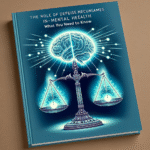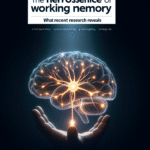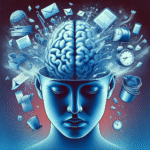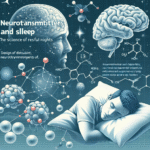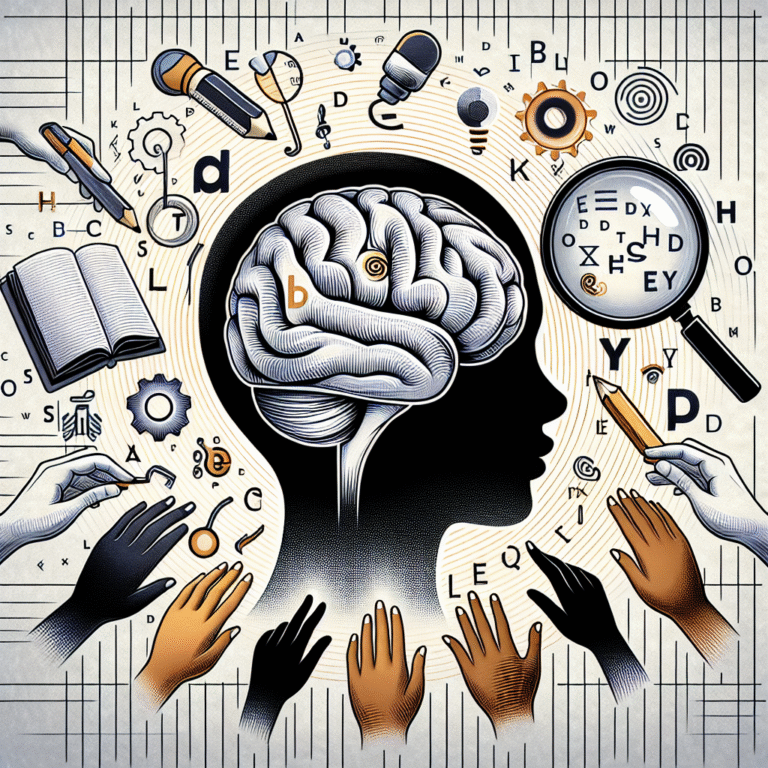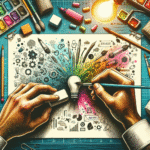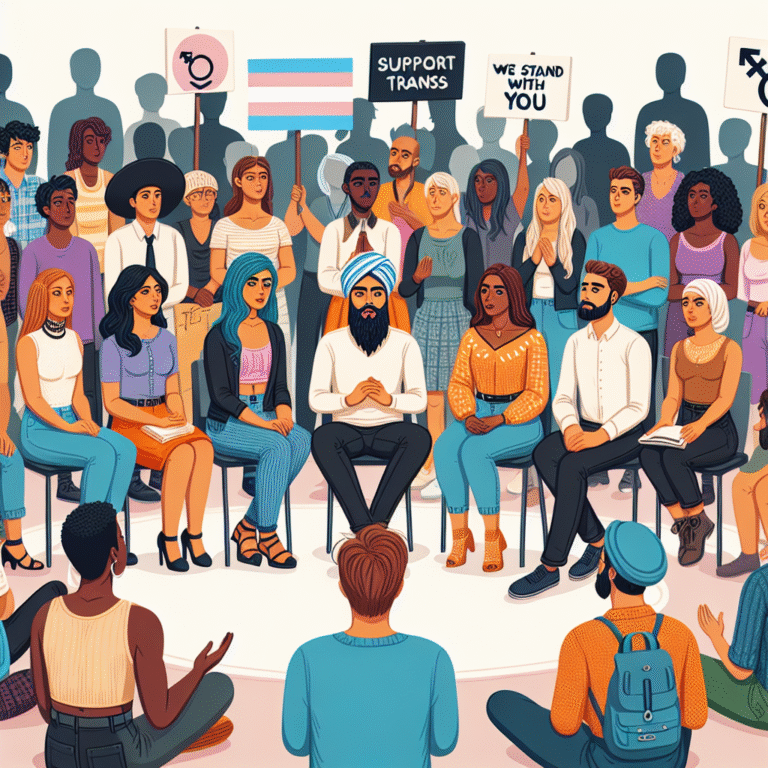
Unlocking Potential: Innovative Teaching Techniques for Learning-Disabled Students
Introduction
In a world that constantly seeks to innovate and improve, it is paramount that we focus on unlocking the potential of every student, especially those with learning disabilities. These students often exhibit unique strengths, untapped creativity, and a remarkable ability to think outside the box. However, traditional educational techniques can fall short of meeting their diverse needs. This article, titled "Unlocking Potential: Innovative Teaching Techniques for Learning-Disabled Students," delves into how educators, parents, and advocates can harness innovative strategies to create inclusive learning environments that not only facilitate learning but also foster confidence and independence.
Teaching learning-disabled students is not simply about modifying existing curricula; it involves a holistic approach that addresses their emotional, social, and academic challenges. By embracing innovative teaching techniques, we can illuminate pathways for these students to succeed.
Understanding Learning Disabilities
What Are Learning Disabilities?
Before diving into specific teaching techniques, it is important to define what learning disabilities are. Learning disabilities (LD) are neurologically-based processing issues that affect how individuals receive, process, and respond to information. The most common types include:
-
Dyslexia: Difficulty with reading and language processing
-
Dyscalculia: Challenges with mathematics
-
Dysgraphia: Issues with writing and fine motor skills
- Attention Deficit Hyperactivity Disorder (ADHD): Difficulties with focus and impulse control
Recognizing these disabilities is the first step toward effective teaching. Innovative techniques tailored to each disability can empower students to overcome obstacles and achieve their academic goals.
Unlocking Potential: Innovative Teaching Techniques
1. Multisensory Learning Approaches
Multisensory learning capitalizes on the idea that students learn best when multiple senses are engaged. Incorporating visual, auditory, and tactile experiences can help solidify understanding.
Case Study: The Wilson Reading System
The Wilson Reading System is an excellent example of how multisensory techniques can benefit students with dyslexia. This program combines visual, auditory, and tactile elements to enhance reading skills. Students use colored letters and sounds to create words, engaging their senses to improve retention and understanding.
Relevance: This illustrates that by engaging multiple senses, educators can create a more dynamic learning environment that makes complex concepts more digestible for learning-disabled students.
2. Project-Based Learning
Project-based learning (PBL) encourages students to explore real-world problems and challenges. This method fosters critical thinking skills and allows students to work collaboratively, making learning more engaging and meaningful.
Case Study: A Classroom Community Garden
In a project-based learning assignment, a class of diverse learners created a community garden. Each student contributed according to their strengths, such as research, writing, and planting. This collaborative effort not only built individual skills but also fostered a sense of belonging and accomplishment.
Relevance: Project-based learning highlights the importance of inclusivity and allows all students to contribute their unique skills, further unlocking their potential.
3. Use of Assistive Technology
Advancements in technology have created a plethora of resources aimed at supporting learning-disabled students. Tools like speech-to-text software, audiobooks, and interactive learning platforms can significantly enhance accessibility.
Case Study: Text-to-Speech Software in High School
At a high school using text-to-speech software, students with dyslexia found it easier to access reading materials. This technology leveled the playing field during assessments and assignments, allowing them to perform better academically.
Relevance: The use of assistive technology represents a breakthrough in leveling the educational playing field, demonstrating a powerful strategy for unlocking potential.
4. Social and Emotional Learning (SEL)
Social and emotional learning is critical for the well-being and academic success of learning-disabled students. SEL programs focus on developing emotional intelligence, resilience, and interpersonal skills.
Case Study: SEL Programs in Middle Schools
A middle school introduced a comprehensive SEL program, blending mindfulness exercises and group discussions aimed at improving relationships and self-regulation. Students reported less anxiety and improved interactions with peers.
Relevance: This case shows that emotional well-being is inextricably linked to academic performance, underscoring the need for holistic educational approaches.
5. Flexible Grouping Strategies
Flexible grouping allows teachers to organize students based on their strengths, interests, and learning needs. This technique promotes collaboration and can be adjusted as needed.
Case Study: Differentiated Instruction in a Science Class
In a science classroom, students were grouped by interests and skills for a unit on ecosystems. Learning-disabled students thrived in mixed-ability groups, where peer support enhanced their understanding of complex concepts.
Relevance: Flexible grouping not only personalizes learning but also enhances social interactions, fostering a supportive learning environment.
6. Gamification of Learning
Integrating game-based elements into learning can boost engagement and motivation. Gamification leverages competition, rewards, and structured challenges to create a fun and interactive educational experience.
Case Study: Math Games for Dyscalculia
In an elementary school, teachers implemented math games targeting specific skills associated with dyscalculia. Students eagerly participated, and assessments showed significant improvement in numerical understanding.
Relevance: Gamification showcases how playful learning experiences can help students overcome academic hurdles and build confidence.
Visualizing Progress
Table 1: Overview of Innovative Techniques
| Technique | Description | Benefits for Learning-Disabled Students |
|---|---|---|
| Multisensory Learning | Engages multiple senses in learning | Improves retention, comprehension |
| Project-Based Learning | Real-world problem-solving | Encourages collaboration and critical thinking |
| Assistive Technology | Tools to support learning | Enhances accessibility and performance |
| Social and Emotional Learning (SEL) | Focus on emotional well-being | Builds resilience and interpersonal skills |
| Flexible Grouping | Organizing students based on needs | Personalizes learning and improves socialization |
| Gamification | Using game elements in learning | Increases motivation and engagement |
Conclusion
As we draw to a close on our exploration of "Unlocking Potential: Innovative Teaching Techniques for Learning-Disabled Students," it is essential to recognize the transformative power of adopting these strategies. By bridging gaps and fostering an inclusive environment, we do not merely serve the needs of learning-disabled students; we honor their unique capabilities. Innovative teaching techniques are the keys to unlocking potential, leading to not only academic success but also personal growth and resilience.
Teachers, parents, and advocates must embrace these approaches, not just as a way to manage learning disabilities but as a vehicle for empowerment. Every student has the right to thrive, and by investing in innovative methods, we can build a brighter, more inclusive future.
FAQs
1. What are some common learning disabilities?
Common learning disabilities include dyslexia, dyscalculia, dysgraphia, and ADHD. Each affects specific learning processes and requires tailored teaching approaches.
2. How can teachers support learning-disabled students in the classroom?
Teachers can support learning-disabled students by implementing multisensory strategies, using assistive technology, promoting social-emotional learning, and adapting their teaching methods to accommodate diverse learning needs.
3. What role does technology play in teaching learning-disabled students?
Technology can provide various tools, such as speech-to-text software and educational apps, that make learning more accessible and interactive for students with learning disabilities, allowing them to engage more fully with educational content.
4. How important is social and emotional learning for learning-disabled students?
Social and emotional learning is crucial for learning-disabled students as it helps them develop skills for self-regulation, resilience, and interpersonal relationships, all of which contribute to their overall success in and out of the classroom.
5. Can project-based learning be effective for students with learning disabilities?
Yes. Project-based learning can be highly effective for students with learning disabilities as it encourages hands-on experiences, collaboration, and real-world problem-solving, allowing students to leverage their strengths and interests.
6. What can parents do to help their learning-disabled children succeed?
Parents can support their learning-disabled children by advocating for appropriate educational resources, creating a supportive home environment, staying informed about their child’s learning needs, and collaborating closely with teachers and educational specialists.
By adopting these innovative teaching techniques, we can pave the way for learning-disabled students to not only unlock their potential but to thrive in all aspects of life.
